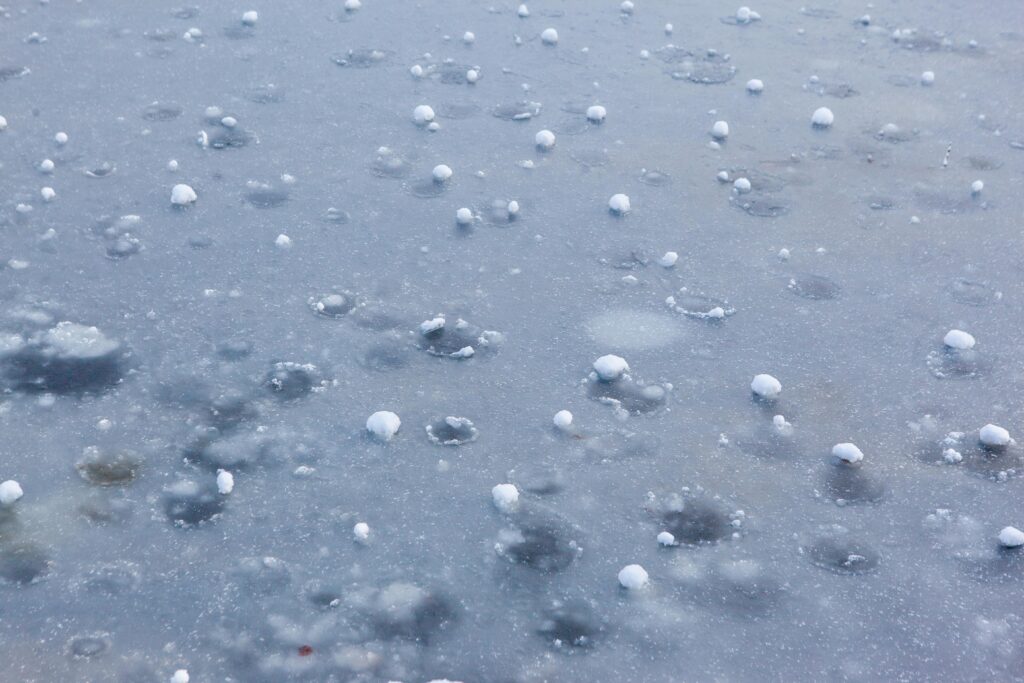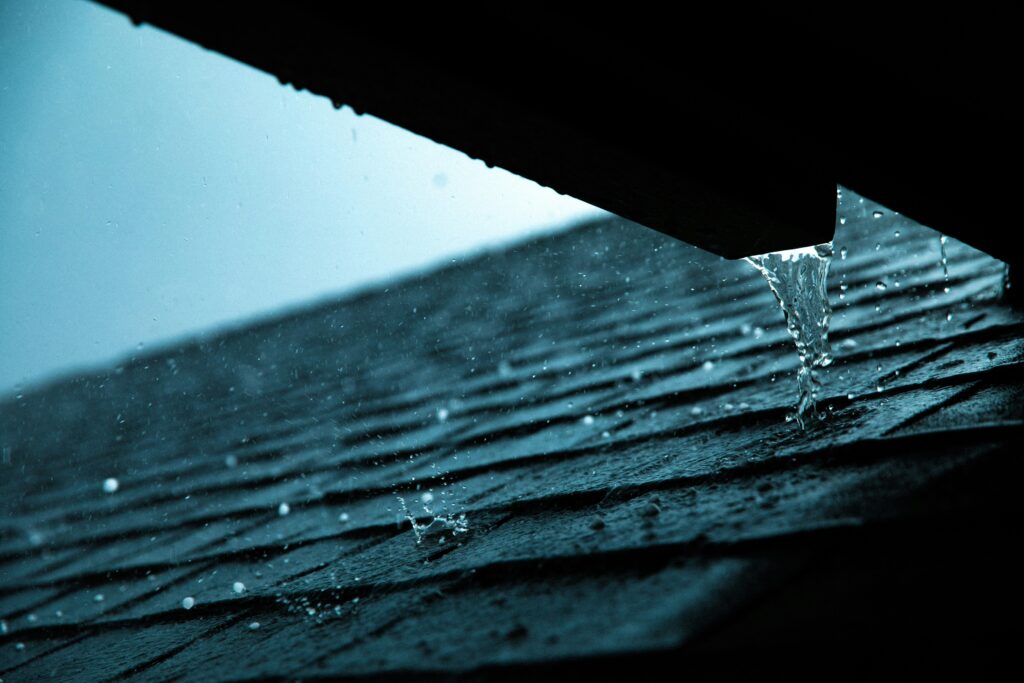Living in Colorado, we’re no strangers to hailstorms, but not every storm produces damage to our homes. Sometimes, people living one suburb over get pummeled, but your neighborhood sneaks by in the clear. Other times, a whole chunk of the Denver metro area gets hit. There can be a lot of luck involved in who gets hit and who doesn’t, but one thing you should never leave to chance is getting your roof inspected after a severe storm. Why? Because if you do have damage, you’ll want to get it fixed as soon as possible. And this starts with filing a hail damage claim with your insurance company.
Steps to Take if You Suspect Hail Damage
One of the first things you should do after a storm clears out is assess any damage. Short of crawling up on the roof yourself, you’ll want to look for small dents in your siding, pings in your AC unit, and any other areas you can safely assess. When in doubt, it’s better to err on the side of having your property inspected by a professional. Here are some basic steps to take:
- Contact a roofing professional or public adjuster to inspect your property – Call in a professional to evaluate your property for damage. You can also call a licensed drone operator. They’ll look for signs of hail damage such as dents and dings as well as damaged windows, screens and outdoor furniture. If you’re unsure who to call, give our office a ring and we can offer a referral or recommendation.
- Document your damage – Your roofer will take photos of the damage, but you also should document affected areas that are within reach and take detailed notes about the extent of your damage. Be sure to write down the date and time of the hailstorm and if you made any immediate repairs to prevent further damage, such as boarding up broken windows or putting down tarps over damaged roof areas (keep receipts too).
- Contact your insurance company – If damage has been identified, contact your insurance company to start the claims process. They’ll send out an adjuster to inspect your property. Be sure to also review your insurance policy so you’re aware of coverage limits, deductibles (many providers require a separate wind and hail deductible), policy exclusions, and the process for filing a hail damage claim.
- Obtain competing property damage estimates – Simultaneously, it can be helpful to solicit additional bids to determine if your insurance company is acting fairly in their settlement. If the amount your insurer offers you is less than you’re seeing in other bids, it could be a sign they’re trying to underpay or deny your claim. Obtaining additional bids will also be helpful if you need to appeal your claim
- Contact an insurance law attorney – Filing a hail damage claim in Colorado should be straightforward, but unfortunately, things can get complicated in a hurry. Your insurance company may try to deny or underpay your hail damage claim, or they may drag their feet and delay investigating or processing your claim. These could be instances of bad faith practices, and this type of behavior is against the law in Colorado
Contact Us at Kandell, Kandell & Petrie Law Firm
At Kandell, Kandell & Petrie, we have more than 50 years of combined legal expertise in insurance law. We specialize in property insurance disputes in Colorado, Florida and Louisiana and are here to ensure you receive the relief you deserve for your hail damage insurance claim. If you have questions about bad faith demands in Colorado or need help managing the claims process, don’t hesitate to reach out to one of our Denver claims advisors.



